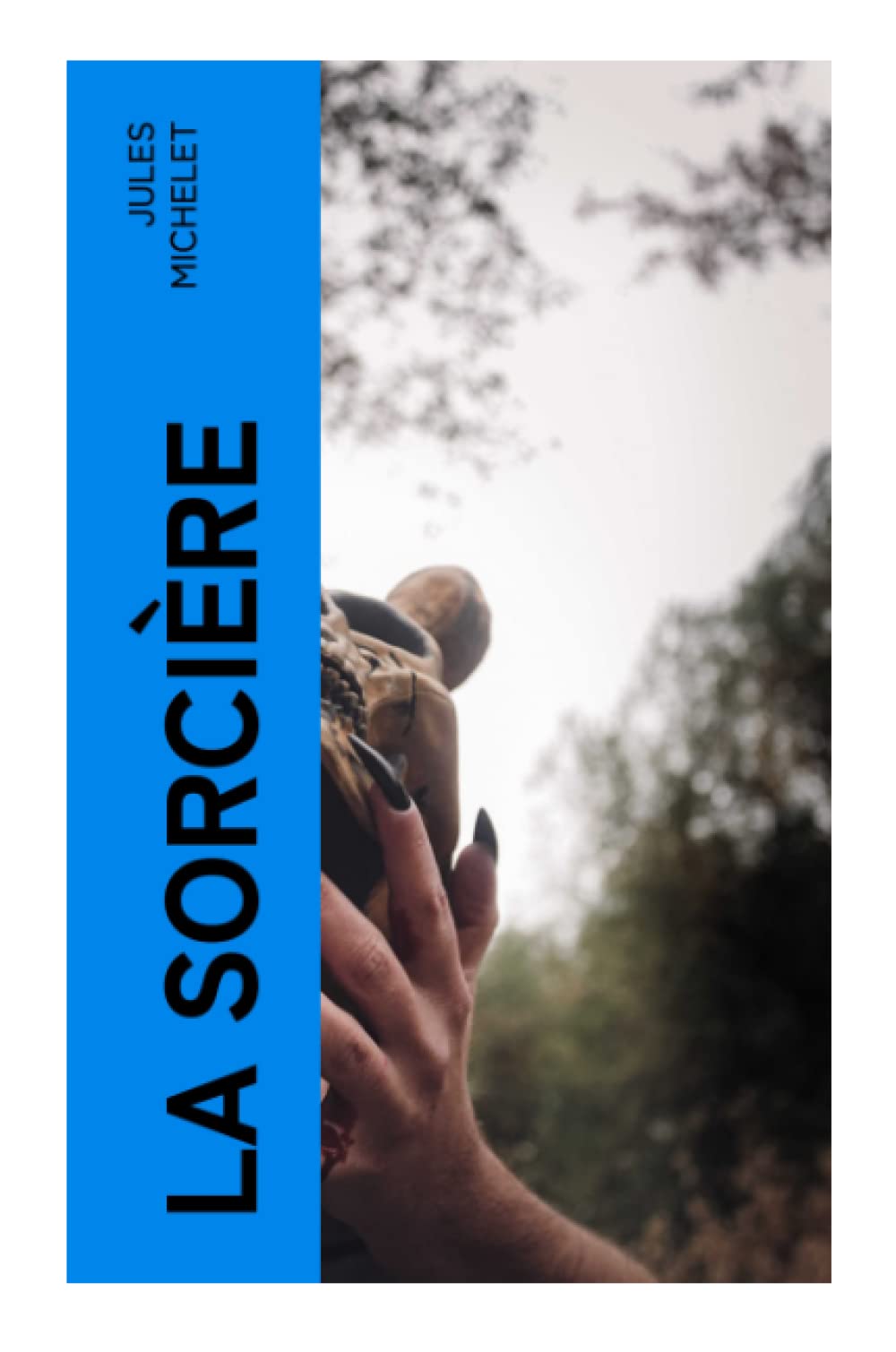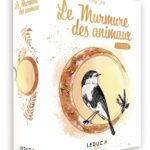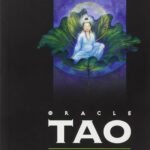
Éditeur : e-artnow (24 mai 2023)
Langue : Français
Broché : 164 pages
ISBN-10 : 8027383803
ISBN-13 : 978-8027383801
Poids de l'article : 228 g
Dimensions : 15.19 x 0.94 x 22.91 cm
===============

Prix: [price_with_discount]
(as of [price_update_date] – Details)

La Sorcière est un livre fascinant qui a suscité de vives controverses lorsqu’il a été publié en 1862. Écrit par Jules Michelet, cet ouvrage a placé la sorcellerie au centre de la culture populaire. Il a exploré des thèmes tels que les croyances populaires, la violence et le pouvoir. De plus, Michelet a offert un point de vue novateur sur les femmes, qui étaient souvent accusées de sorcellerie. La Sorcière est considérée comme un classique de la littérature française et sa lecture reste pertinente aujourd’hui. Cette critique examinera les principales idées et aspects de ce livre influent.
La Sorcière est un essai de Jules Michelet qui présente une vision romantique de la sorcière. Dans ses précédents ouvrages, l’auteur avait flétri la sorcellerie, qu’il définissait comme «la reprise de l’orgie païenne par le peuple». Dans ce livre, il considère au contraire la sorcellerie comme la révolte populaire et naïve de la nature humaine contre les épouvantes et les oppressions du Moyen Âge. Il voit une première manifestation moderne de cet esprit de la nature qui avait enfanté le paganisme grec et qui devait produire la Renaissance. Il explique l’origine pathologique de l’hallucination, par laquelle tant de malheureuses s’imaginaient que Satan habitait réellement en elles, et leur prêtait une puissance extraordinaire. Michelet va jusqu’à montrer, dans les bizarres mystères célébrés en l’honneur de Satan sous le nom de messes noires, un des éléments qui ont contribué au réveil des sciences et de la philosophie.
Éditeur : e-artnow (24 mai 2023)
Langue : Français
Broché : 164 pages
ISBN-10 : 8027383803
ISBN-13 : 978-8027383801
Poids de l’article : 228 g
Dimensions : 15.19 x 0.94 x 22.91 cm
La Sorcière – Review and Analysis
La Sorcière is a 19th-century book written by Jules Michelet, which deals with the history of witchcraft and the persecution of women accused of being witches. The book was first published in 1862 and became a best-seller in its time. It is still considered a classic in the field of cultural studies and sociology.
La Sorcière is a fascinating book, a mixture of historical research and romanticism, full of myths, legends, and superstitions. The author Jules Michelet is well known for his passionate and poetic style of writing. His work is characterized by a strong humanist and feminist perspective.
One of the most significant contributions of La Sorcière is the fact that it approaches the witch-hunt history from a female perspective. In a time when women were excluded from the public sphere, Jules Michelet writes about their daily life, their struggles, and their viewpoints. He portrays women as victims of a patriarchal society, which used witchcraft as an excuse to oppress and control them.
The book describes the witch-hunt phenomenon in great detail, using a combination of historical sources, legends, and anecdotes. Michelet reconstructs the social, political, and cultural context of the witch-hunts, giving us a genuine picture of how they occurred. He shows us how the witch-hunts were a reaction to the social, economic, and religious changes of the time, and how they reflected the anxieties and fears of the period.
One of the most captivating aspects of La Sorcière is the mythical dimension of the book. Michelet draws on legends, myths, and popular stories to create a vivid portrayal of the witches’ world. He describes the witches’ gatherings, their magic spells, and their relationship with the devil, creating a powerful and evocative atmosphere. The book also contains many illustrations, which add to the sense of mysticism.
On the other hand, La Sorcière is not without its flaws. The book is highly subjective, reflecting the romantic and idealistic mindset of the author. Michelet tends to idealize the witches, portraying them as victims of an oppressive society. He overlooks instances where witches did harm to others, and the book does not provide a balanced view of the witch-hunt phenomenon.
The book is also written in a poetic and grandiose language, which can make it challenging to follow. Although the book is fascinating, it requires a lot of patience and concentration to read it in its entirety.
Another problematic aspect of La Sorcière is the outdated and essentialist perspective on women’s nature. At times, the book reinforces gender stereotypes, portraying women as intuitive and emotional beings, as opposed to rational and logical men. While this perspective is understandable in the 19th century, it is problematic in modern times.
Overall, La Sorcière is still an essential book in the history of cultural studies and gender studies. Its contribution to our understanding of the witch-hunt phenomenon, and the portrayal of women as victims of patriarchy is still relevant today. It is important, however, to read the book critically, taking into account its romantic and subjective bias. Ultimately, La Sorcière remains a fascinating, thought-provoking, and inspiring book that provides a rich and insightful glimpse into the world of witches.

En Résumé sur La Sorcière:
La Sorcière est un documentaire qui explore l’histoire fascinante de la sorcellerie en Europe. Voici les points clés du film:
• Le réalisateur Julien Farault utilise des images d’archives et des extraits de films de fiction pour raconter l’histoire de la chasse aux sorcières.
• Le film examine les croyances sur la sorcellerie et la façon dont elle a été utilisée pour justifier l’oppression des femmes et d’autres groupes marginalisés.
• Les témoignages des experts en histoire et en anthropologie aident à mettre en contexte l’hystérie de la chasse aux sorcières.
• La Sorcière ne cherche pas à glorifier ou à romantiser la sorcellerie. Au lieu de cela, il offre une analyse critique de cette période sombre de l’histoire européenne.
• Dans l’ensemble, La Sorcière est un film bien fait qui explore un sujet complexe avec soin et respect.
Pour en savoir plus, Cliquez ici: La Sorcière
Besoin de réponses? prenez RDV avec Cécile Médium Voyante pour une consultation en visioconférence sans bouger de chez vous: 06.45.63.51.66
===============









